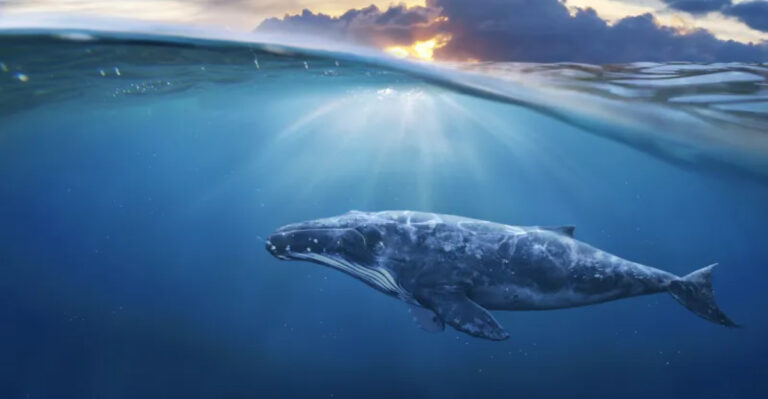Why Sharks Don’t Have Bones, Despite Their Impressive Size And Strength
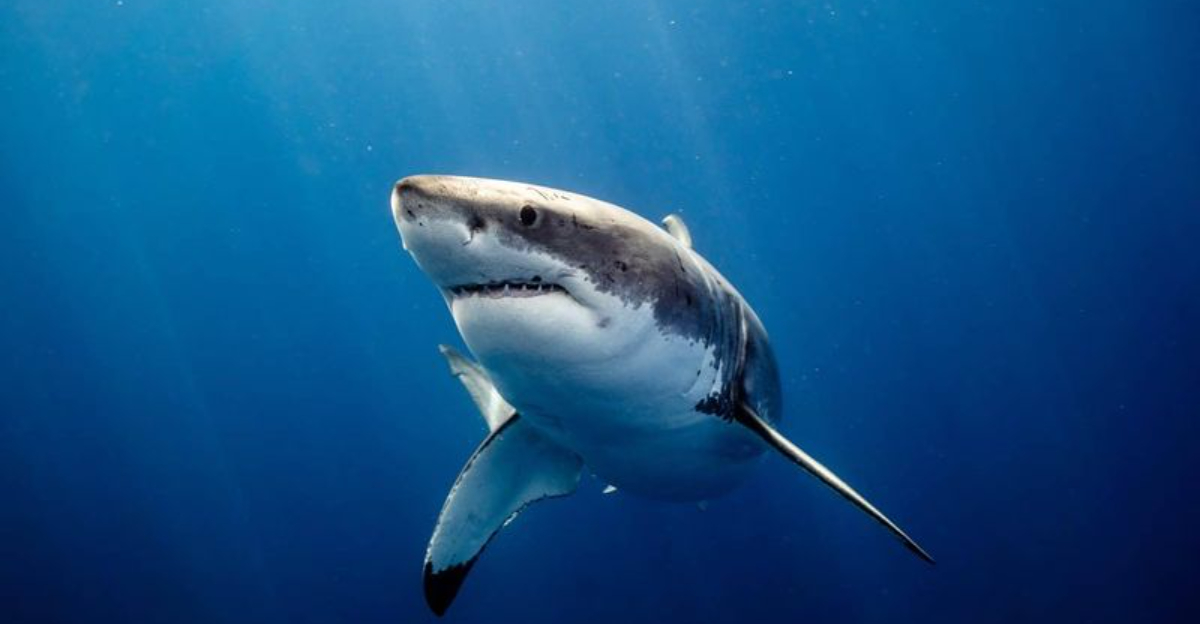
Ever wonder why sharks, those mighty ocean predators, don’t have any bones? It might seem strange that creatures so powerful lack the skeleton we have.
These fascinating fish have ruled the seas for over 400 million years without a single bone in their bodies!
Instead, sharks have evolved a completely different internal support system that offers them unique advantages in their underwater world.
1. Cartilage Instead Of Bone
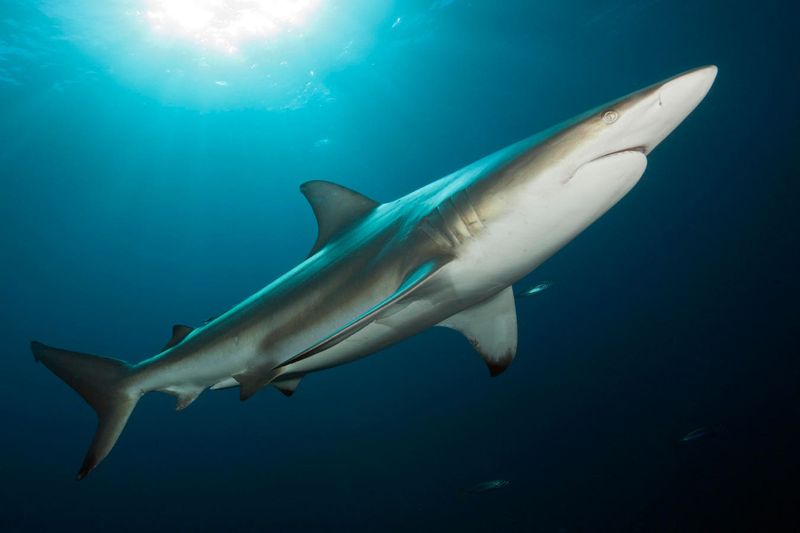
Sharks’ entire skeleton is made of cartilage – the same flexible tissue found in your ears and nose. This lightweight material gives sharks an edge in the water, making them more buoyant and requiring less energy to swim than if they had heavy bones.
Cartilage also allows sharks to make tighter turns and quicker movements when hunting prey. Their flexible frames can bend without breaking, perfect for the powerful twists and turns of a predator.
Think of it as trading a heavy metal frame for a flexible plastic one – it’s simply more efficient for their lifestyle!
2. Evolutionary Advantage
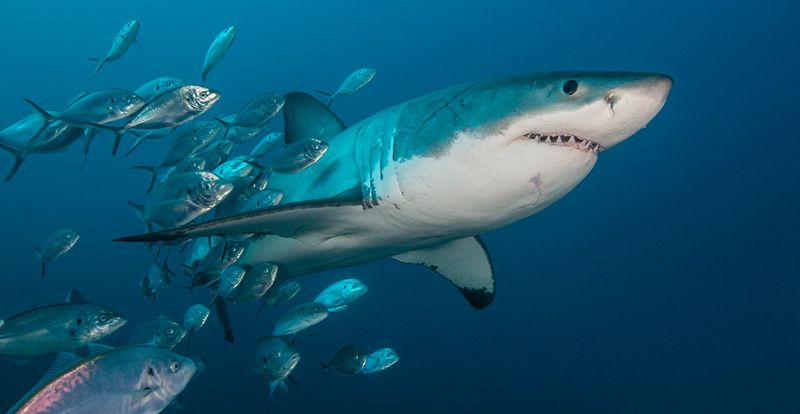
Sharks evolved before bones were even a thing in the animal kingdom! Their cartilaginous design represents one of nature’s earliest successful blueprints for large marine predators. While bony fish appeared later, sharks stuck with what worked.
This ancient design has proven remarkably successful. Sharks have survived multiple mass extinctions that wiped out countless other species. Their boneless bodies have remained largely unchanged for hundreds of millions of years.
Sometimes being “primitive” is actually being perfectly adapted!
3. Speed Demons
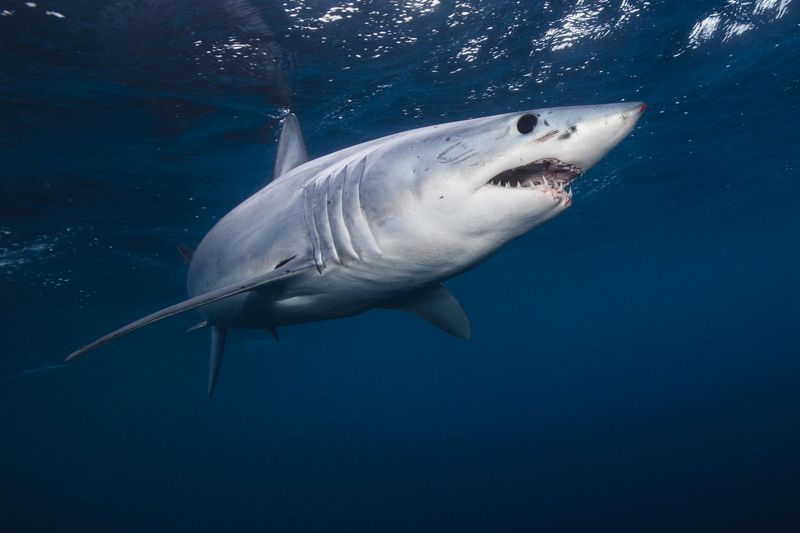
A shark’s cartilage skeleton weighs much less than a comparable bone structure would. Less weight means less energy needed to move through water – and more speed! Some sharks can reach bursts of 35 mph, making them among the fastest marine creatures.
The mako shark, with its streamlined cartilage frame, can swim at highway speeds. Their lightweight design helps them accelerate quickly when chasing fast-moving prey like tuna and swordfish.
Imagine trying to sprint while carrying a backpack full of rocks – that’s what having bones would be like for sharks!
4. Flexibility Champions
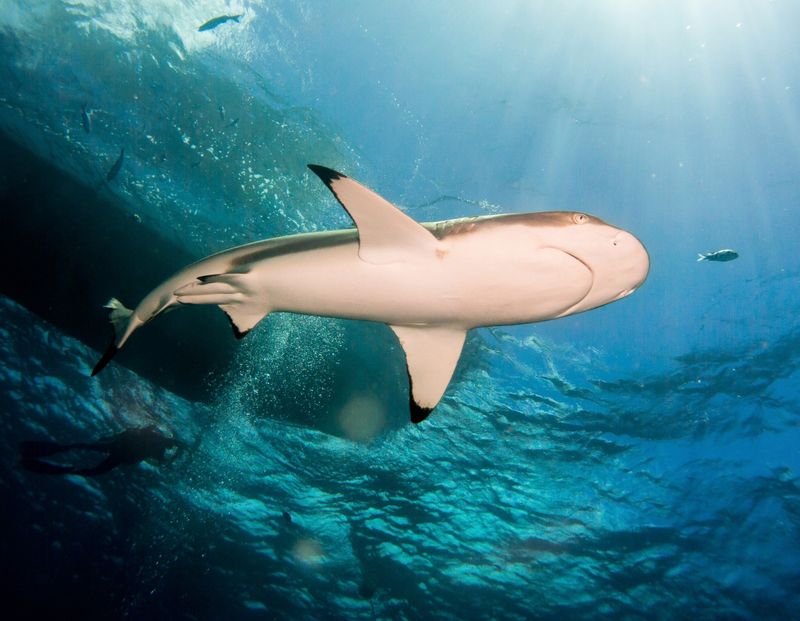
A shark’s cartilage skeleton bends and flexes in ways bones simply cannot. This gives them incredible maneuverability when hunting or escaping danger. Their supple frames can twist nearly 180 degrees in some species!
This flexibility is particularly useful when navigating tight spaces or making sharp turns to catch prey. Hammerhead sharks use this bendable quality to pin stingrays against the seafloor.
You can see this flexibility in action when sharks perform their characteristic side-to-side swimming motion – something that would be much harder with rigid bones.
5. Growth Throughout Life
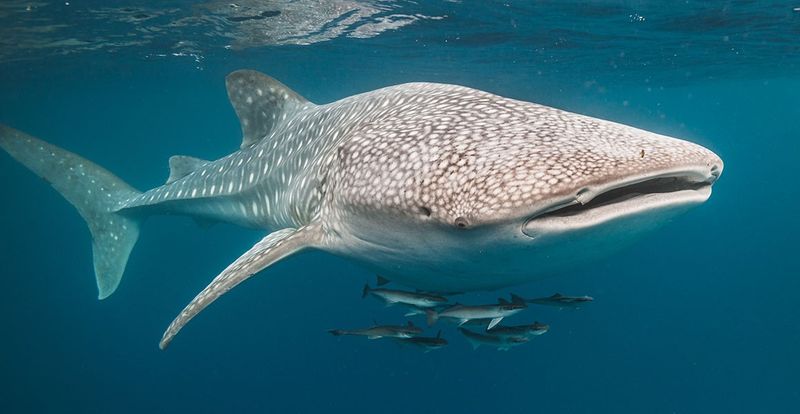
Unlike our bones, which stop growing when we reach adulthood, a shark’s cartilage skeleton continues to grow throughout its entire life. This allows sharks to reach impressive sizes without the limitations of a fixed skeletal structure.
The whale shark, largest of all fish, can grow to over 40 feet long because its cartilage frame keeps expanding. If they had bones, they might face more growth limitations.
This continuous growth pattern helps explain why some shark species can live so long – some Greenland sharks may live over 400 years!
6. Buoyancy Benefits
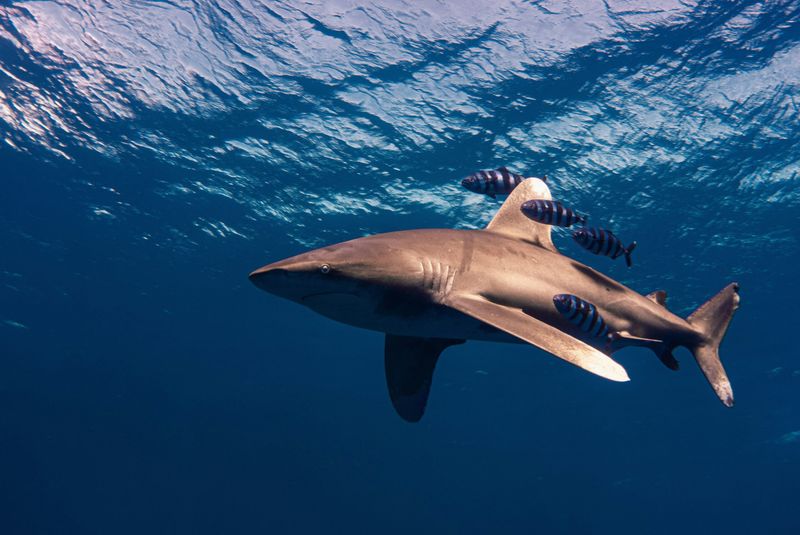
Bones are dense and heavy, which would make staying afloat harder for sharks. Cartilage is much lighter, helping sharks maintain neutral buoyancy without expending extra energy. Many shark species also have large, oil-filled livers that further assist with buoyancy.
This cartilage-and-oil combination creates a perfect balance. Sharks can hover in the water column without constantly swimming or sinking to the bottom.
Great white sharks use this buoyancy system to perform their famous breach attacks – rocketing upward from depth to catch seals at the surface.
7. Rapid Healing Powers
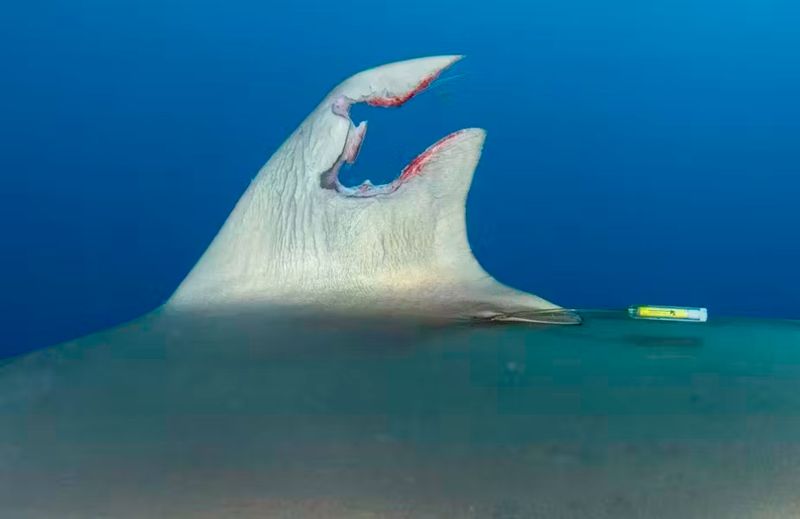
Cartilage has excellent regenerative properties, allowing sharks to heal injuries faster than animals with bone skeletons. Sharks can recover from serious wounds that would permanently disable or kill other animals.
Scientists have observed sharks with massive bite marks or missing chunks of flesh swimming normally just weeks later. This healing ability helps them survive the rough-and-tumble world of ocean predators.
The shark’s healing capabilities are so impressive that researchers study shark cartilage to develop better human medical treatments!
8. No Bone Marrow Needed
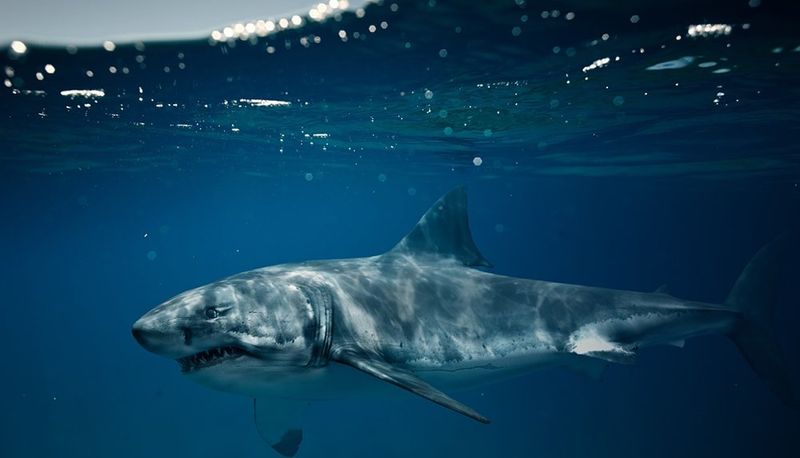
Animals with bones produce blood cells in their bone marrow. Since sharks don’t have bones, they’ve developed alternative blood-producing organs. Their special tissue called epigonal and Leydig’s organs handle this vital function.
These specialized organs are found near the reproductive organs and kidneys. They produce the white blood cells that form a crucial part of the shark’s immune system.
This different approach to blood cell production is just one more way sharks have evolved completely unique solutions to life’s challenges compared to bony animals like us!
9. Jaw-Dropping Power
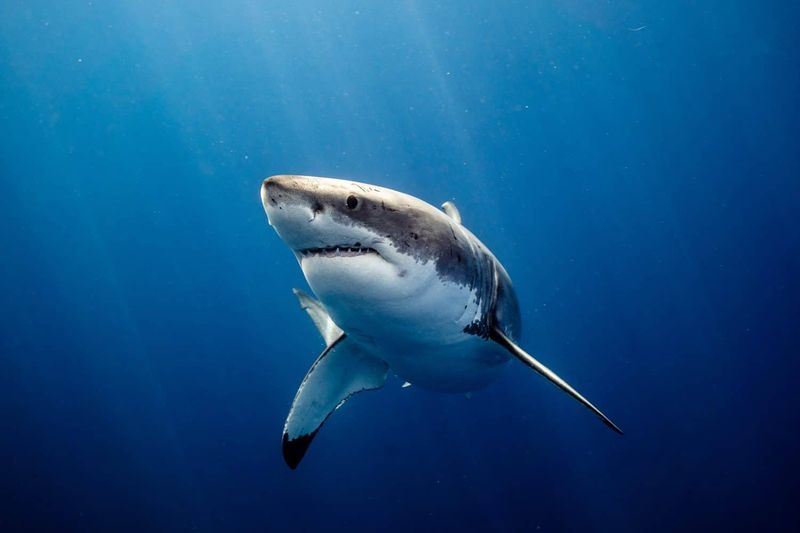
Despite having cartilage jaws, sharks possess some of the most powerful bites in the animal kingdom. Their jaws are reinforced with calcium salts, making them much stronger than regular cartilage while still remaining lighter than bone.
A great white shark can bite with a force of up to 4,000 pounds per square inch! That’s strong enough to crush a turtle shell or bite through metal.
Their jaws also contain multiple rows of teeth that continuously regenerate throughout their lives – another advantage of their unique biology!
10. Electrical Sensitivity
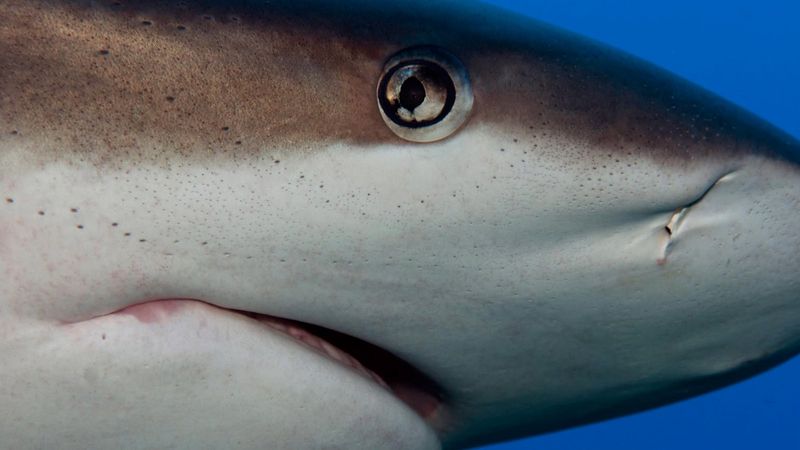
The absence of a bony skeleton allows sharks to develop extraordinary sensory abilities. Their cartilage doesn’t block electrical signals the way dense bone would. Special organs called ampullae of Lorenzini detect tiny electrical fields generated by all living creatures.
This electrical sense is so acute that sharks can find prey hidden under sand or in murky water. They can detect a fish’s heartbeat from several feet away!
Having cartilage instead of bones is like removing interference from an antenna – it helps sharks pick up signals that other animals miss completely.
11. Perfect Design For Deep Diving
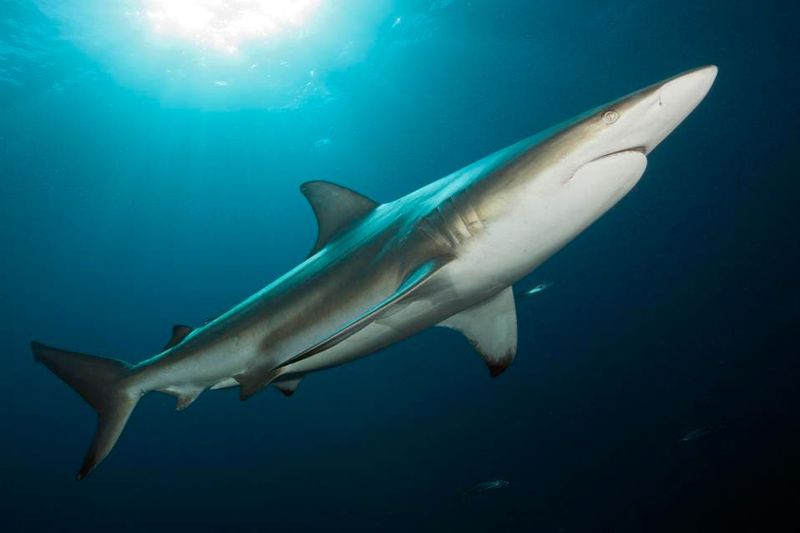
Some shark species dive to incredible depths where water pressure would crush or damage many rigid structures. The flexible cartilage skeleton allows deep-sea sharks to withstand these extreme pressures better than a bony skeleton could.
The Portuguese dogfish has been found at depths exceeding 12,000 feet! At such depths, the pressure is over 350 times that at sea level.
Their cartilage structure compresses slightly under pressure without breaking, then returns to normal when the pressure decreases – like a built-in shock absorber for the deep ocean.

